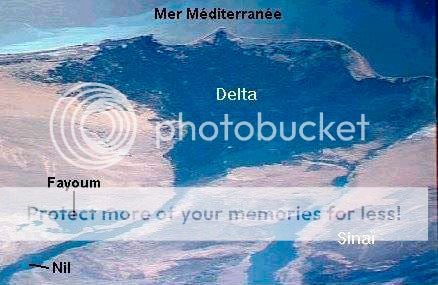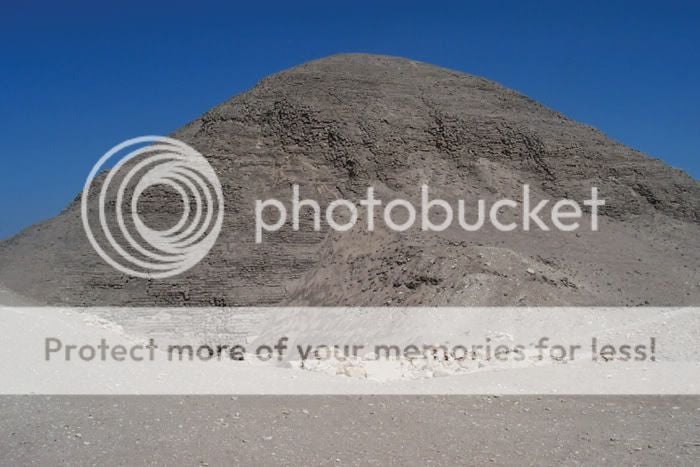If you get Fayoumi make sure you have enough of them. Ten birds will be fine as they survive better in groups as they wander far and wide.
agricultural history
This term comes from the ancient Egyptian word Ta-Itjawy, literally, 'peoples of '(Amenemhat) Itjawy. When Amenemhat settled in the Fayoum Depression, the region was known as "the Reed Sea". Once a year, the depression would be flooded with annual inundation from the Nile River. The only way to navigate through this vast region was by
reed skiff. After draining the swamps, Amenemhat exposed the most fertile soils in all of Egypt and relocated his mother's people,
who were ethnic Ta-Seti, to what would become known as Itjawy. They quickly went to the task of transforming the former swamps into arable farmland.

agricultural history
This term comes from the ancient Egyptian word Ta-Itjawy, literally, 'peoples of '(Amenemhat) Itjawy. When Amenemhat settled in the Fayoum Depression, the region was known as "the Reed Sea". Once a year, the depression would be flooded with annual inundation from the Nile River. The only way to navigate through this vast region was by
reed skiff. After draining the swamps, Amenemhat exposed the most fertile soils in all of Egypt and relocated his mother's people,
who were ethnic Ta-Seti, to what would become known as Itjawy. They quickly went to the task of transforming the former swamps into arable farmland.

Beginning during the rule of Senwosret II, but particularly during the 12th Dynasty's King Amenemhet I's rule, the area's importance was elevated because of his ingenious scheme to regulate the Nile floods using the Fayoum as a regulator reservoir. At that time there was a natural canal between the Nile and the Fayoum lake which at that time was called Me-Wer (or Greek- Lake Moeris, meaning Great Lake). Today it is called Birket Qarun, which means Qarun Pond. Many believe that it was the biblical Joseph who widened the canal (Joseph's Canal or Bahr Yussuf or Yusif), and built the world's first dam at El Lahun to regulate the flow of water. During Nile floods, water would enter the Fayoum increasing the water level to as much as 18 meters above sea level, about twice it's current size. Later, water would be drained from the depression to irrigate Lower Egypt. However, at that time Fayoum became Egypt's most fertile agricultural area and Amenemhet III loved the region to such an extent that he abandoned his pyramid at Dashur to build his colossi at Biahmu, Narmuthis, a temple dedicated to Sobek, and at Hawara, his new pyramid and the famous and then very popular Labyrinth.
It is believed that ancient Bejawi traders were responsible for introducing the species to Egypt and for further developing the breed into the useful form that it is today. The recent progenitors of our Modern Egyptian Fayoumi were actually The Bejawi farmers of Upper Egypt were the primary traders of this livestock species until the Romans reclaimed the Fayoum Depression in the ruins of Lake Moeris and carried the bird further afield, to every Roman port along the Mediterranean.
http://www.faiyum.com/html/faiyum_dynastic.html


Ruins of thePyramid of Amenemhet III 12th Dynasty, c.1991-1786 BCE.
http://www.narmer.pl/pir/amenem3_en.htm
http://www.absoluteastronomy.com/topics/Lake_Moeris
http://www.informaworld.com/smpp/content~content=a906885000&db=all
It is believed that ancient Bejawi traders were responsible for introducing the species to Egypt and for further developing the breed into the useful form that it is today. The recent progenitors of our Modern Egyptian Fayoumi were actually The Bejawi farmers of Upper Egypt were the primary traders of this livestock species until the Romans reclaimed the Fayoum Depression in the ruins of Lake Moeris and carried the bird further afield, to every Roman port along the Mediterranean.
http://www.faiyum.com/html/faiyum_dynastic.html


Ruins of thePyramid of Amenemhet III 12th Dynasty, c.1991-1786 BCE.
http://www.narmer.pl/pir/amenem3_en.htm
http://www.absoluteastronomy.com/topics/Lake_Moeris
http://www.informaworld.com/smpp/content~content=a906885000&db=all
Last edited:






